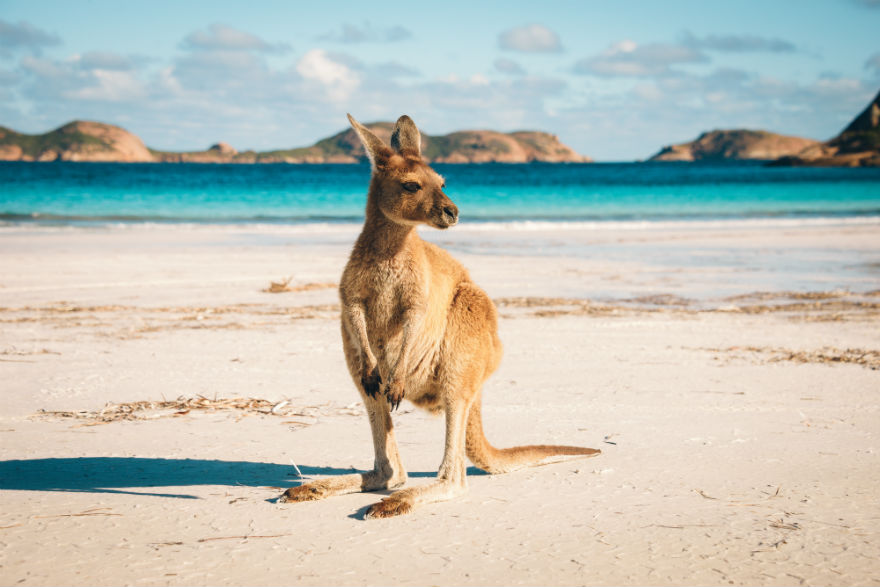Selling on Amazon Australia might be dismissed by sellers because Australia is fairly isolated and has a pretty small population. But if you like riding in on the early waves of potential, Amazon Australia can potentially give a lot of returns and FeedbackExpress will show you how to approach that marketplace.
Benefits of Selling on Amazon Australia
If you started selling on Amazon Australia about six months ago, you would have hit the jackpot because there were only about 500 sellers then. Now, there are about 10,000 sellers — but the good news is many of them either aren’t selling enough to be considered a viable full-time business or aren’t selling full stop.
The longer you wait, the more competition you’ll face as the number of sellers on Amazon Australia is expected to exceed 50,000 by year’s end. The biggest reason for this explosive growth is it’s no longer an invitation-only process to sell. The majority of sellers you can expect to face will be Chinese. Even though it’s no small distance between the two, it’s still shorter than Australia-Europe and Australia-North America. Knowing that, you’ll want to configure your selling strategies to match those found on Alibaba to really compete.
How Much It’ll Cost to Sell on Amazon Australia
Amazon Australia has FBA (it didn’t six months ago), which will make it tremendously easier for you to fulfill orders. Instead of worrying about overseas shipping costs and local carrier costs, all you have to do is pay for storage space and fulfilled orders, just like you would with FBA anywhere else.
From January to September, you’ll pay $19.40 per cubic metre, and then $26.50 from October to December when the selling season heats up. For more details on the breakdown in costs, check out Amazon Australia’s FBA fees here.
How You Can Prepare to Start Selling
As with selling on any other Amazon marketplace, you’ll need to sign up for an account. But make sure you do all your homework first so you can hit the ground running, as you’ll get your first monthly charge 14 days from the date you sign up.
If you’re still in the mulling over stage, here’s what you’ll need to register as an Amazon seller:
- Email address where Amazon will send you account-related information.
- A phone number Amazon can reach you at during the registration process — make sure it’s turned on and the volume is up so you don’t miss their call.
- An internationally usable credit card that Amazon can validate. If they can’t validate it, they’ll cancel your registration.
- Legal business name, as well as an address and contact details for the business.
- A tax ID, whether it’s your social security/insurance number, tax file number, or Australian Business Number.
These are just the basics you’ll need to register as a seller, but you’ll also to understand how returns work, specifics on FBA, how to use a ‘doing business as’ (DBA) name (and if/when you need it), and anything else logistics-related.
Learn Which Products You Can and Can’t Sell
By now, you’re already familiar with Amazon’s restricting certain products in certain countries. But to sell on Amazon Australia, you’ll have to acquaint yourself with another list. This means learning which categories you need to gate or ungate yourself in, and what the requirements of each category is.
You’ll also need to do research on which products are most profitable and which ones to steer clear of in Australia. If you’re already a seller, you’ll know which tools and browser extensions can help you out (e.g. camelcamelcamel, Keepa, Source Mogul, Cleer Platinum, Invisible Hand, and more).
Final Thoughts
It can be a bit tough navigating the learning curve of selling in a new marketplace, but Amazon Australia offers a ton of potential.



